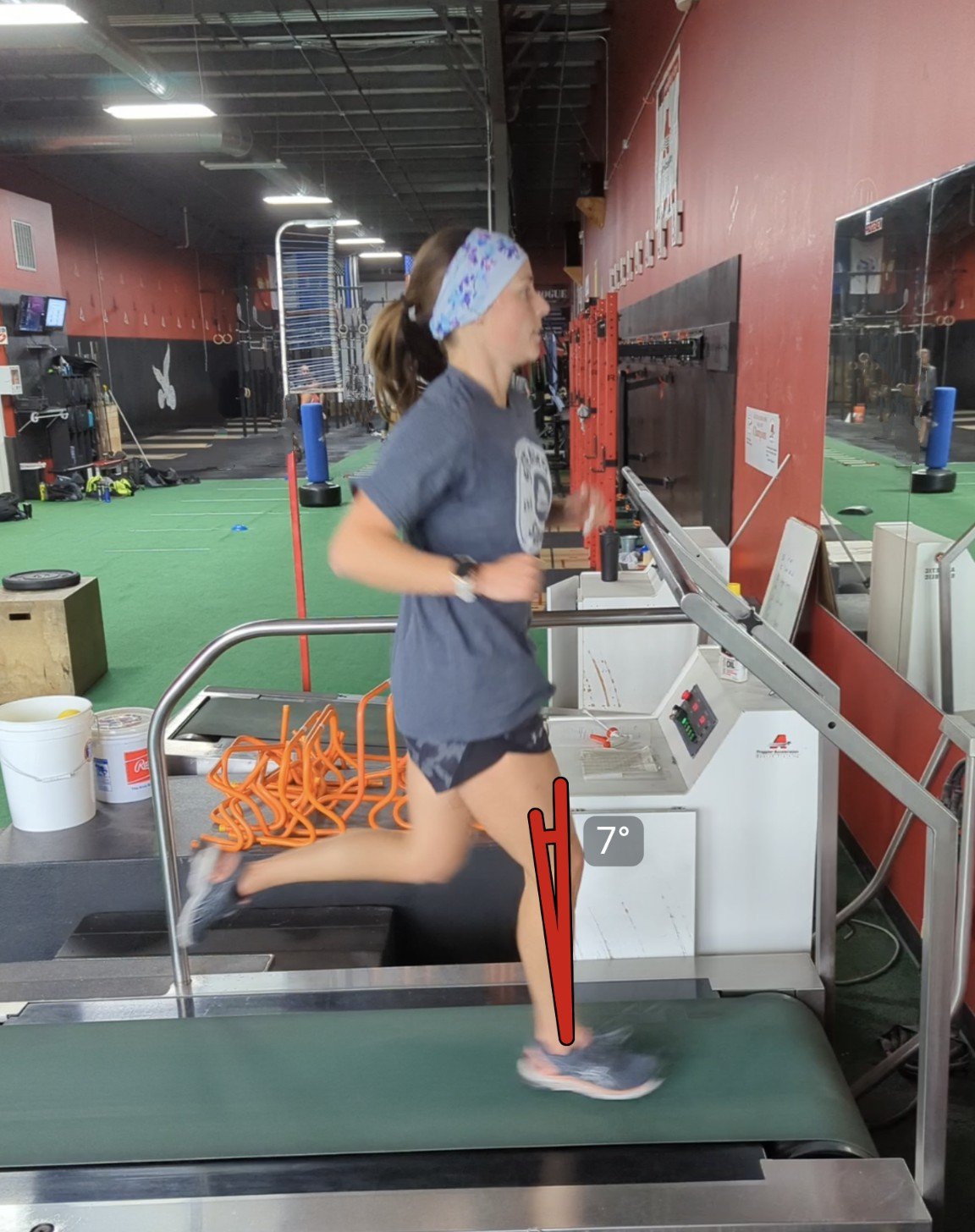What is a Running Analysis?
Why is Running Important?
Nearly 50 Million Americans run regularly each year. Some choose to run for the physical benefits, some do it for mental health, and others find a local community of supports that motivate them to stay active. Running is a fundamental human movement that everyone should be able to perform. Despite common myths, running does not increase the risk of arthritis and research shows that runners LESS incidence of hip and knee arthritis. However, running is a complicated skill and is rarely taught to kids or adults. When you spend the majority of the day sitting and wearing soft cushioned shoes while standing, your body is not ready to run. My mentor Dr. Kelly Starett from The Ready State observed in his daughters that every child from age 2-5 years old runs with perfect form. Children also build strong robust feet walking barefoot and are constantly moving and playing. Once a kid gets to 5 years old, they are required to sit in class the majority of the day and given a new pair of cushion “tennis shoes” every year.
Looking back at my athletic career, the only running skilling training I received was to take long strides because I was 6’2” tall. Running is a fundamental human movement that our bodies were designed to do but 95% of adults will never sprint after the age of 30. Unless you consistently run and spend time working on your running form, you likely have no idea of what good running form looks like. That’s where a Running Analysis can help.
What is Measured at a Running Analysis?
Whether you are looking to get out of pain or become a better runner, I use a whole-body approach to determine how you move. This whole-body approach allows me to look at how you move and find imbalances in running technique, strength, or running volume. Unlike other running analyses’, I combine my expertise as a Physical Therapist, Strength and Conditioning, and Running Coach to find objective measures. Here are the 5 categories of measurements
Running Volume/Training & Injury History:
A detailed history of your running experience and what injuries you have goes a long way in painting my picture of your Running Analysis. For example, many runners deal with chronic injuries like IT Band or Runner’s Knee and changing from a heel strike to a midfoot strike can improve their ability to run. However, runners with chronic Achilles Tendon issues may feel better running with a heel strike pattern.
Running Technique:
This slow-motion video analysis is what most people think of when they hear about a running analysis. How you run matters. When I do a Running Analysis I use a high-resolution camera at 240 frames per second from multiple angles to analyze the angle of each joint during the different phases of running. The most common running form faults I see that contribute to injuries or inefficient running are:
Overstriding (Heel Striking)
Low Cadence (<162 steps per minute)
Pelvic Drop
Initial Running Analysis showing overstriding/heel striking
Final Running Analysis showing a midfoot strike with a vertical shin angle
Initial Running Analysis showing a large angle of pelvic drop and knees nearly touching
Final Running Analysis showing a strong and stable hip and space between the knees
Mobility:
Mobility is your ability to move your joints through their full range of motion. During a Running Analysis I will look at how the foot, ankle, knee, hip, and spine move. the ankle and hip are the most common limitations I find in injured runners. Limited ankle mobility leads to less force absorption through the ankle and more force going into the knee and hip. Limited hip mobility can lead to less hamstring and gluteal muscle use causing more stress on the knee, IT band, shins, or plantar fascia. Limited spine rotation mobility from sitting all day at work can contribute to low back pain.
Having full mobility of the spine, hip, knee, ankle, and foot is essential to absorbing force and treating running-related injuries.
If you are looking for more detail, I’ve written in the past on How to Improve Your Mobility and REV’s Youtube Channel showing mobility drills for each joint in the body.
Flexibility:
Flexibility is the length or tightness of your muscles. For example, sitting for work can lead to tightness or tension in the quadriceps and hip flexor muscles and eventually that tension can lead to force going through the IT Band and Knee Cap. Tight and stiff calf muscles can lead to Achilles tendon or Plantar Fascia injuries. The most effective ways to improve muscle tightness is by doing Self Myofascial Release with a Foam Roller or Mobilizing the Muscles at end range. Notice I didn’t say stretching. Static stretching which includes holding the muscle at end range of motion for 30-60 seconds doesn’t really do much for flexibility. When it comes to running, muscles that need good flexibility include:
Strength:
When it comes to force demands and stress capacity that leads to injuries, strength training is the BEST way to build up the stress capacity of the tissue. So yes, resting or decreasing stress from running will help an injury rehab process but building up strength of the bone, muscles, tendons, ligaments, and fascia is ESSENTIAL and by far the biggest limitation I see in injured runners. To clarify, strength training isn’t just bands and bodyweight exercises. Strength training isn’t to build bigger muscles, it’s main effect is building up tolerance to your ligaments, tendons, and fascia. Running injury rehab should include heavy weights being help the body tolerate the 6-8x bodyweight force going through the body with each step.
If you are like most runners, strength training is not something you enjoy and is intimidating because you don’t know what to do and how to do it. I know runners love to run and not lift weights but my passion is teaching runners how to do the least amount of strength training to allow them to run the miles they want.
If you are looking for a place to start, here is a guide to the Best Strength Training for Runners
What to Expect from a Running Analysis
When it comes to a Running Analysis at REV, I’m looking to paint a picture of how you move organize, and prioritize what you can improve to help you move better. You can expect your Running Analysis at REV is much more than watching you walk and run. My goal is to take a whole-body approach to teaching you how to run more efficiently. You can expect to find what you are good at, what you can improve, and what it will take to improve. Being an expert in running injuries and a running coach, I assume the role of project manager and prioritize what categories you should work to improve. For example, many runners need to improve their baseline Strength and tissue capacity before they improve their Running Form. You can expect be to challenged with drills to improve your Flexibility, Mobility, Strength, or Running Form. In REV’s Running Lab, we have a flag that reads “If it doesn’t challenge you, it doesn’t change you.”
Who should get a Running Analysis?
The human body is designed to move and running is a foundational human movement. A Running Analysis at REV is for anyone looking to move better, feel better, or perform better. Whether you are looking to run a 5K or Marathon, you would benefit from a Running Analysis at REV. If a chronic running-related injury is holding you back, REV utilizes the Best Treatments in the Des Moines Metro to overcome an injury and get back to running.
If that sounds like you, set up a Free Strategy Call so we can talk about your injury and determine if I can help you resolve your issue for good and get back to what you love to do, which is running.
Click the button below to find a time that works best for you!
Remember if you have a body, you are an athlete.
Dr. Ryan





